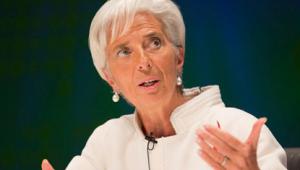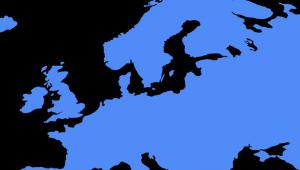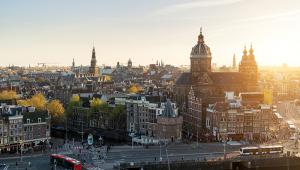Christine Lagarde said, under her plan, member states would contribute to the fund each year to build up assets in “good times”, and in turn receive transfers during a downturn. She outlined the idea in a speech in Berlin focused on the prosperity of the euro area in which she also hailed the global economic upswing.
“But there are other, forceful headwinds threatening. Think of the rise of populism and the short-sighted siren call of protectionism,” Lagarde warned.
She said the eurozone could be one of the “guides for the choppy waters facing so many parts of the world”.
“A more unified euro area can be a compass to prosperity for the region and a beacon of hope to the world,” she said.
To prepare for the next economic recession, Lagarde called on members to develop a modernised capital markets union, an improved banking union and to move towards greater fiscal integration.
The IMF chief said: “My hope is that even if it is in small ways, countries can use this moment of global growth to improve the euro area architecture and build a stronger economic union in the days ahead.”
In hard times, countries could borrow from the fund and repay their loans with future contributions, she said.
In the euro area, the IMF projects growth of 2.2% this year, while global growth is projected to be 3.9%. In GDP terms, the eurozone has the same economic power as China and by population is slightly larger than the US, Lagarde pointed out.
Transfers to the fund should be aligned to EU fiscal rules and countries ought to pay a premium in good times “based on the benefits they receive from the fund in bad times”.
She said: “By itself, the capacity may not be enough to solve the next crisis — but it certainly would help.
“It would similarly shrink the divergent impact of the shock across countries. Country-specific shocks would be cushioned by nearly as much.
“But let me be clear, it will be a temporary cushion and not a permanent pillow.”







